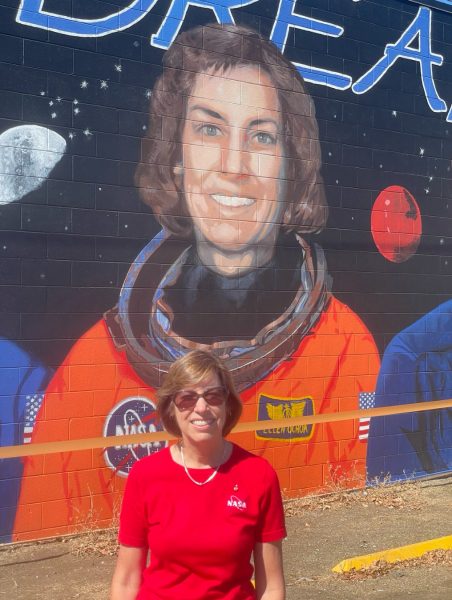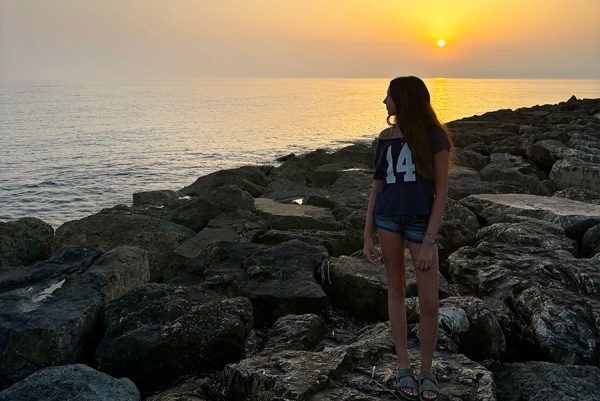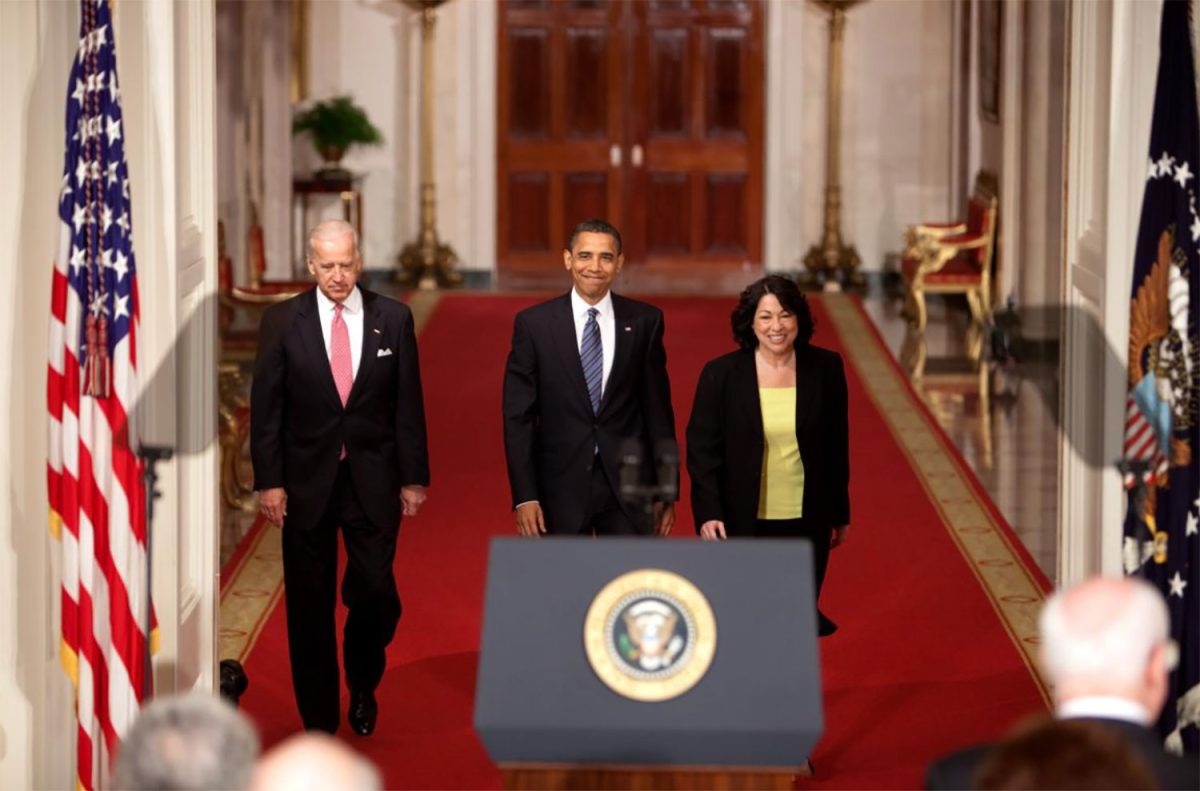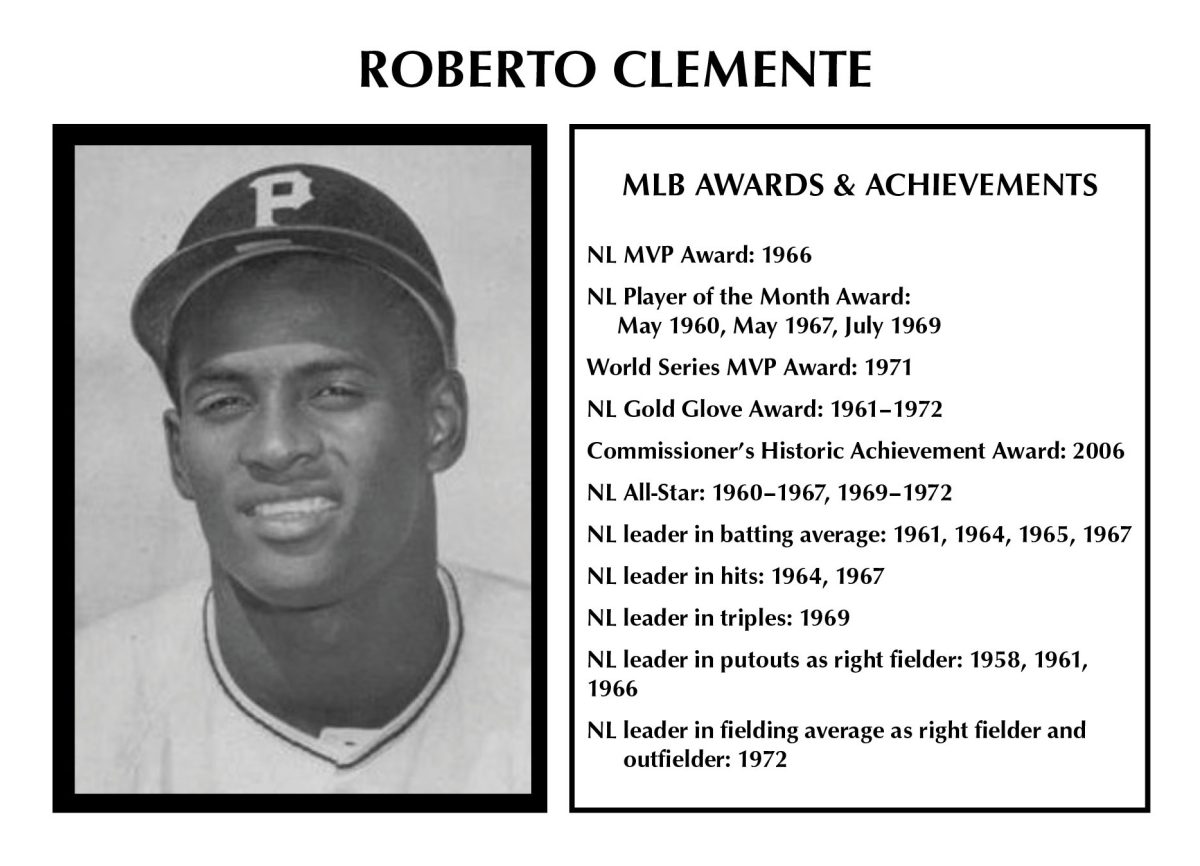Ellen Ochoa was born on May 10, 1958 in Los Angeles. Her grandparents emigrated from Sonoro, Mexico to Arizona where her father was born.
From a young age, she demonstrated a passion for school and her favorite subjects were math and science. Ochoa graduated from Grossmont High school in El Cajon in 1975. After high school, she got a Bachelor’s degree in Physics from San Diego State University. Then in 1981, she earned a science degree and a doctorate from the Stanford Department of Electrical Engineering. She has a passion for physics and electrical engineering.

(Ellen Ochoa)
Her career took a turn in 1990 when she was chosen to be the first Hispanic astronaut by NASA. Her space mission took place on the discovery in 1993 where she held experiments observing the earth’s ozone layer and atmospheric pollution. Overall, she went to space four different times and logged nearly 1000 hours.
Olivia Garman ‘28 said, “After reading this, I think she is very empowering to women and is an important influential figure we can recognize during Hispanic Heritage Month. I think she is a great leader for women pursuing a career in STEM.”
Her later leadership roles and achievements consisted of being the director of NASA’s Johnson Space Center in 2013 where Ochoa played an important role in preparations for missions to Mars. She was the first Hispanic and second female director in the center’s history. After retiring from NASA in 2018, she became the Vice Chair of the National Science Board.
Leila Morvarid ‘28 said, “I think she inspired many Hispanic people to pursue their dreams because it shows how no matter your race and gender, you can accomplish anything.”
As of now, she is 66 years old, married to Coe Miles and has 2 kids. Her current job is assessing nominations for the National Medal of Technology and Innovation, but she still remains an active voice for STEM.
Ochoa’s work paved the way for many female Hispanic scientists. She continues to inspire many people around the world, and is one of the most influential astronauts of all time. Without her research, we wouldn’t be where we are today.





